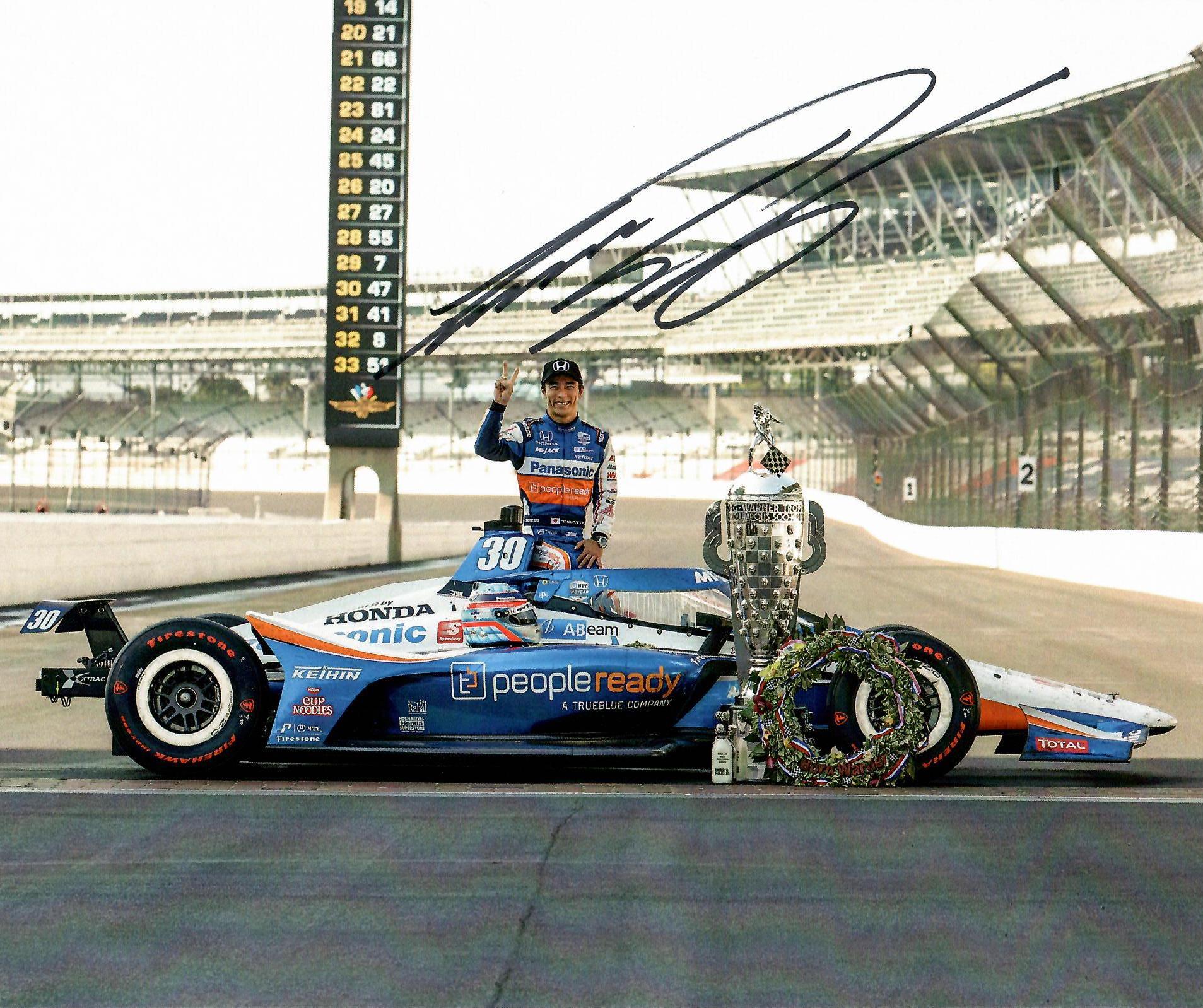Case study: Iterative design on the racetrack with RLL Racing
Keeping up with the competition
Auto racing is a particularly tough sport, and the outcome doesn’t rely exclusively on the driver’s shoulders. One of the biggest challenges lies in maintaining and upgrading the car as new technological advances arrive, all while keeping the driver’s safety as top priority.

Developments come in at an astonishing rate and everyone wants to get the holeshot, swapping week-old parts out for new ones. Iterative processes– a virtuous cycle of thinking, creating, trying, and enhancing– are key to staying ahead of other teams.
3D printing for the win
Rapid prototyping (another name for iterative design) today is closely linked to 3D printing, which opens up a whole new set of doors with greater design freedom, mechanical and physical properties, and time-to-market.
A custom part that would have taken a month to get with traditional manufacturing methods can now be produced in a matter of days and at a fraction of the price. Technicians quickly adapt their tool arsenal to the latest parts and print brand-new, perfect-fit devices accordingly.
More importantly, engineers and designers can get creative and print geometries that were previously impossible to make, with optimal strength-to-weight ratios.
Using an MfgPro230 xS to revisit the brake system
Rahal Letterman Lanigan Racing (RLL) used SLS 3D printing with an XYZprinting MfgPro230 xS to answer an important issue: brake heat soak.

While racing, the heat generated when hitting the brakes is dissipated via special air ducts. At pit stops, however, the heat isn’t sufficiently evacuated and can become a serious problem.
Just like electricity always finds the easiest way to reach the ground, heat naturally finds the quickest way to transfer to cooler zones. After using the brakes so much on the racing track, where vehicles can reach temperatures of up to 900°C, non-dissipated heat can cause surrounding parts to ignite.
The latter is the worst case scenario, but heat soak may also cause brake fade (when your brakes don’t work as well), and/or degrade surrounding equipment.
Using XYZprinting’s Selective Laser Sintering technology, we were able to improve the performance and capability of a critical trackside brake cooling system. The robust materials were easy to work with and tough enough to build a brake cooling system that can endure a full season.
Tom German, Director of Engineering at RLL
RLL Racing’s team remodeled the brake system, namely to make it easier and quicker to access and change the cooling fans. 3D printing the part, albeit in several separate sections that required assembly afterwards, enabled RLL Racing to obtain a strong, tight-fitting Nylon part; the result is enhanced brake performance, time optimization, and increased safety for the driver and mechanics team.

This is just one of the many prints that have helped RLL reach the checkered flag– Rahal Letterman Lanigan has been using XYZprinting’s 3D printing technology since 2018. It has without a doubt contributed to their driver Takuma Soto’s Indianapolis 500 win this year.
 English
English  Français
Français

